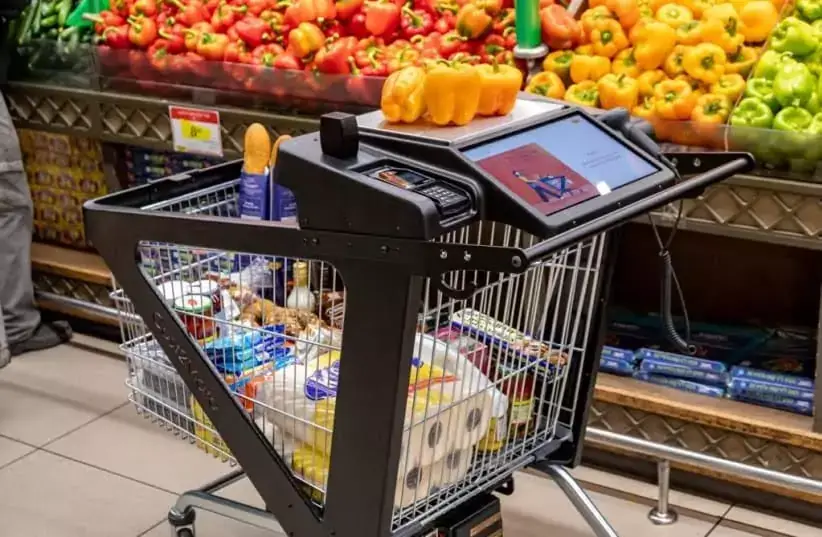According to recent data, spending at U.S. bars and restaurants rose 6.5% over the 12 months ended August 2025 — signalling that consumer dining-out behaviour is more resilient than many expected.
For U.S. restaurateurs, this is a crucial window: even as ingredient and labour costs remain elevated, a portion of consumers are still going out, meaning opportunities exist to capitalise.
At the same time, other reports show the 2025 growth outlook for certain segments is “dampened” — for example, chain sales in burger and sandwich categories are expected to grow only modestly.
Consumer-Spending Signals & What They Mean
The fact that restaurant and bar spending is up 6.5% over a year (to August 2025) suggests that higher-income households are still dining out and supporting the industry.
But growth is uneven: a report shows that only households earning more than $100k account for nearly 60 % of food-away-from-home spending.
For operators: this means you may want to segment and target customers differently — the “value-seeking” diners are cautious, but some will pay for experience and convenience.
As one expert put it: “the good news is I don’t see a recession — consumers are hanging in there.”
Tactics for restaurant owners:
Highlight “experience” elements: ambience, service, local flair — these help appeal to the segment still willing to spend.
Offer value‐oriented offers for cautious diners: perhaps “smaller portions, lower price tiers, share plates” to capture the more budget-sensitive group.
Monitor your customer mix: Are you seeing more high-income diners, or are your regulars pulling back? Adjust marketing accordingly.
Cost Pressures, Segments & Growth Gaps
Even though spending is up, growth forecasts are modest: e.g., the top 1,500 U.S. chain restaurants are expected to grow only ~2.8% in 2025 versus ~3.1% in 2024.
Some segments fare better than others: coffee & beverage, Mexican, and chicken concepts are projected to grow more strongly. Burger, sandwich and pizza segments are predicted to stagnate or decline.
From an operating perspective: cost pressures remain high — food, labour, rent, utilities. Even with higher spend, profit margins remain tight especially for independent operators.
What to watch/act on:
Review your menu mix: Is your concept aligned with growth segments (e.g., fast-casual, chicken, Mexican)?
Monitor prime cost (% of sales) carefully: independent full-service restaurants may see net margins in the 3-5% range unless costs are tightly controlled.
Evaluate your pricing and value proposition: With inflation and wavering customer confidence, being able to communicate value (not just low price) is critical.
Strategic Implications for U.S. Restaurant Owners
Considering the above, here’s how U.S. restaurant operators can position themselves to win in the current climate:
Customer segmentation & marketing:
Understand your core diners: Are they higher-income customers still dining out freely? Are they budget-conscious?
Tailor offers: For value-seeking diners, consider “shareable plates”, fewer courses, prix fixe deals. For experience-seeking diners, emphasise service, ambiance, unique menu items.
Lean operations:
Reduce waste: Use data (sales, inventory) to optimise ingredient usage, reduce spoilage.
Staffing flexibility: Use part-time/float staff, cross‐training, lean back-of-house processes.
Menu engineering: Focus on items with higher margin, track what sells, remove underperformers.
Menu & concept agility:
Be ready to pivot: If one segment is slowing (e.g., pizza or burger chains), perhaps consider partnerships or pop-ups, limited-time offers in growth areas.
Invest in a strong digital/online presence: ordering, loyalty, social media engagement matter more than ever.
Experiment with price/value tactics: e.g., “bundle deals”, “early bird specials”, “off-peak pricing” to drive traffic.
Capitalise on resilience, stay cautious:
The fact that people are still dining out is good news — but slackening growth forecasts and cost pressures mean you cannot be complacent.
Keep a close eye on macro factors: labour regulations (minimum wage hikes), commodity price spikes, interest rates, inflation — all can change quickly.
Connect with industry data sources (e.g., National Restaurant Association, Technomic) to monitor early warning signals.







